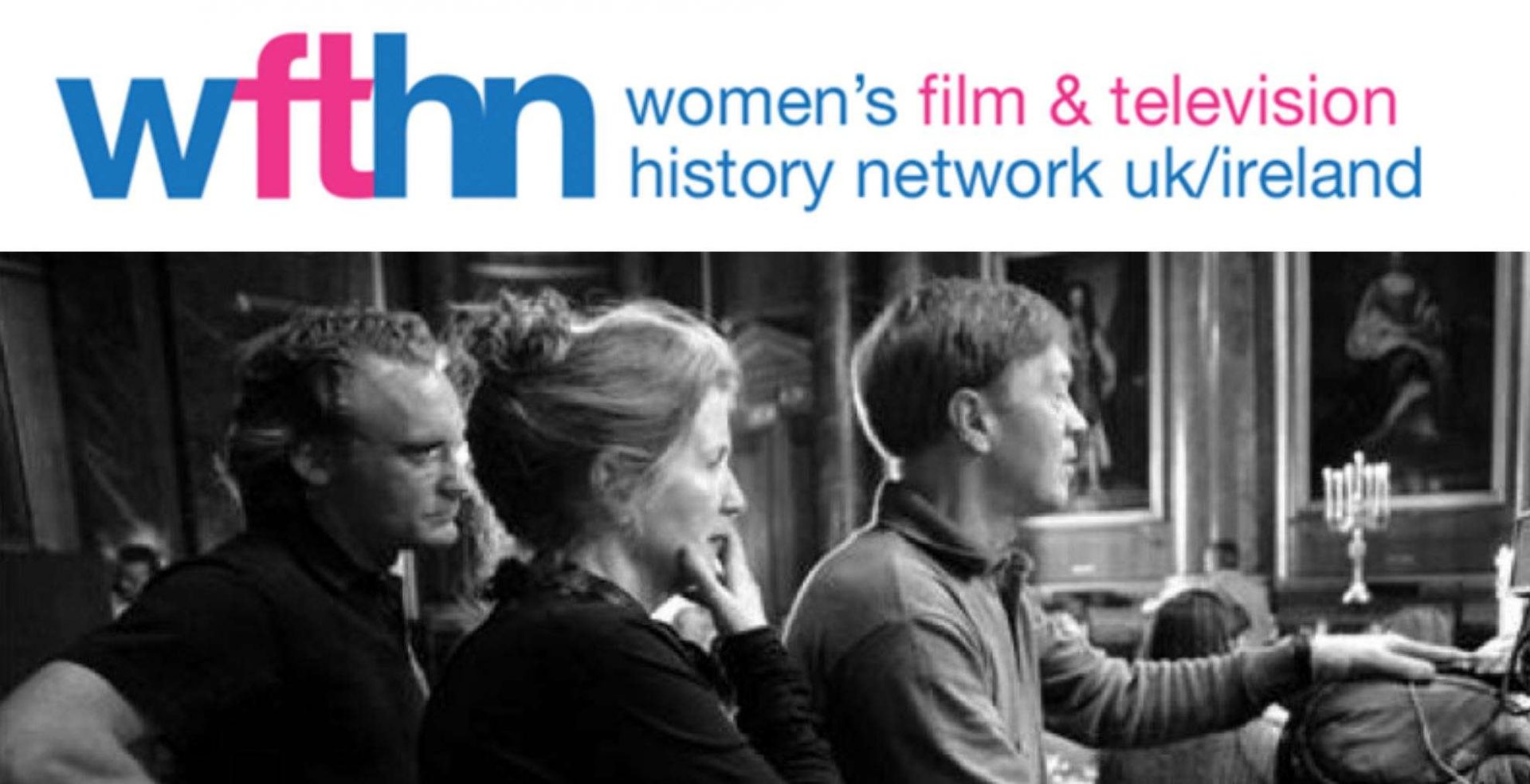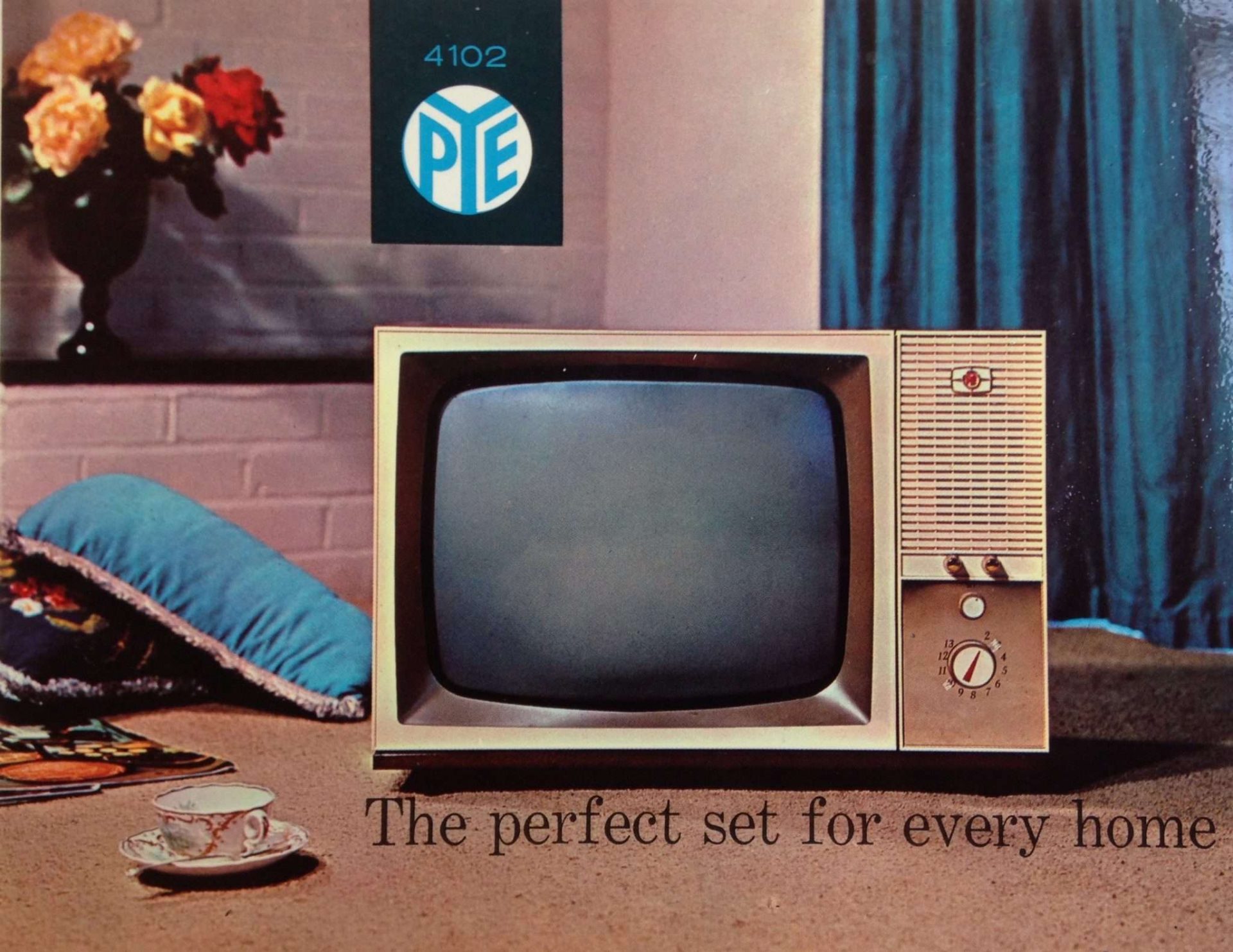
Doing Women’s Film and Television History IV: Calling the Shots – Then, Now, and Next University of Southampton, May 23 – 25, 2018 Organising team: Shelley Cobb, Linda Ruth Williams, and Natalie Wreyford As researchers of the AHRC-funded project Calling the Shots: Women and Contemporary UK Film Culture 2000-2015 we are proud to host the fourth International Doing Women’s Film and Television History conference in association







